
For generations, a bowl of breakfast cereal has been an iconic start to the day for millions of Americans. It was quick, easy, and often seen as a reliable staple, especially for bustling households with kids. However, that familiar crunch might just be fading into the background, as a new era of breakfast preferences takes hold, driven significantly by a growing chorus of parents saying, “Too much sugar!”
Indeed, recent studies paint a concerning picture. Ready-to-eat (RTE) cereals, particularly those marketed towards children aged between 5 and 12 years old, have undergone some alarming nutritional shifts. Researchers from several institutions across the U.S. meticulously analyzed the ingredients of 1,200 newly launched or relaunched cereals between 2010 and 2023, revealing trends that suggest a prioritization of taste over nutritional quality, with potential long-term health risks for our children.
So, what’s truly going on in our cereal bowls? It’s far more than just a passing fad; it’s a confluence of evolving health awareness, changing lifestyles, and a desire for more transparent, wholesome options. Let’s delve into the first half of the critical reasons why many of our once-beloved breakfast cereals are seriously struggling to retain their spot at the top of the morning meal pyramid.
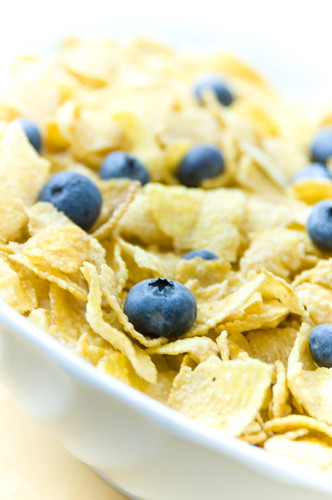
1. **The Shifting Nutritional Landscape**
One of the most profound reasons for the decline in traditional cereal popularity, and a major concern for parents, stems directly from the shifting nutritional composition of these products. A new study, published in JAMA Network Open, offers compelling evidence that breakfast cereals are becoming progressively worse for our health, having grown sweeter and less nutritious over the past decade or so. This isn’t just an anecdotal observation; it’s a trend backed by robust research that has serious implications for public health.
According to the researchers’ published paper, “Analysis of newly launched children’s RTE cereals from 2010 to 2023 revealed concerning nutritional shifts: notable increases in fat, sodium, and sugar alongside decreases in protein and fiber.” This systemic erosion of nutritional value is precisely what health-conscious parents are noticing, leading them to question the real benefits of what they’re serving their kids each morning. It’s becoming increasingly clear that the industry’s direction is diverging from what consumers, especially parents, truly desire for their families’ well-being.
The numbers are quite stark and speak volumes about this worrying trend. Over the study period, total fat per serving in these cereals jumped by 33.6 percent, rising from 1.13 grams to 1.51 grams. Sodium levels also saw a significant increase, going up by 32.1 percent, from an average of 156 milligrams to 206.1 milligrams. Meanwhile, the average sugar content climbed by 10.9 percent, from 10.28 grams in 2010 to 11.40 grams in 2023. These increases are deeply troubling, particularly when contrasted with the simultaneous decline in vital nutrients like protein and fiber, which are crucial for growth and satiety.
These nutritional shifts suggest that many cereals are increasingly resembling salty, sugary snacks rather than a balanced breakfast option. This is a crucial distinction that parents are increasingly recognizing. The study’s findings highlight a potential prioritization of taste over nutritional quality in product development, which researchers explicitly state is “contributing to childhood obesity and long-term cardiovascular health risks.” For parents striving to make healthy choices, this trend in cereal composition is a significant factor in their decision to look elsewhere for morning sustenance.
Read more about: Decoding the ‘Worst’: 12 Critical Dangers Pharmacists Want You to Understand About Blind Supplement Stacking
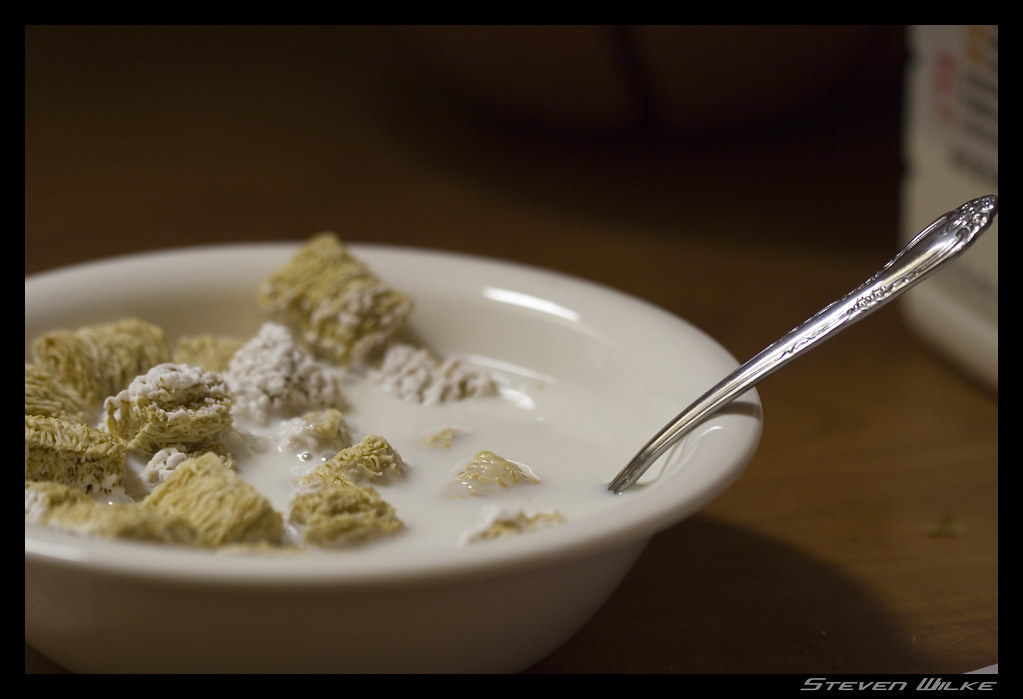
2. **The “Too Much Sugar” Outcry**
Perhaps the loudest complaint echoing from parents across the nation, and a primary driver behind dwindling cereal sales, is the sheer amount of sugar packed into many breakfast cereals. It’s a concern that cuts across generations, but it’s particularly acute for parents who understand the detrimental effects of excessive sugar intake on their children’s health, energy levels, and concentration. The “too much sugar” mantra isn’t just a casual observation; it’s a well-founded worry directly supported by nutritional data.
Consider this staggering statistic from the recent research: on average, a single serving of the cereals included in the analysis would provide more than 45 percent of the daily recommended sugar limit for children. Imagine starting the day having already consumed nearly half of a child’s entire daily sugar allowance, often before they’ve even left for school. This reality is a powerful motivator for parents to seek out alternatives that offer genuine nourishment rather than an immediate sugar rush, which can lead to energy crashes and cravings later in the day.
Parents are increasingly aware that while a sweet breakfast might be appealing to children, it doesn’t set them up for success. High sugar intake is linked to not only childhood obesity but also to a host of other health issues, including dental problems, behavioral challenges, and an increased risk of chronic diseases later in life. This heightened awareness means that the once-acceptable sugar content in many popular cereals is now a significant red flag, pushing these products out of shopping carts in favor of options with more sensible sugar levels.
Thankfully, the context provides some excellent examples of what parents are turning to. For instance, a 40g serving of plain oats, not made up, contains a mere 0.4g of sugars, representing 0% of an adult’s Reference Intake. Similarly, whole wheat cereals or wheat biscuits, when chosen in their original, unsweetened versions, contain just 0.3g of sugars. These stark contrasts illuminate why parents are actively seeking out “no added sugar” mueslis or opting to sweeten healthier cereals naturally with fruits like bananas or berries, ensuring their children get essential nutrients without the excessive sugar.
Read more about: Steering Clear of Regret: 15 Rides Drivers Admit They’d Undo If They Could – A Deep Dive into Automotive Disappointments
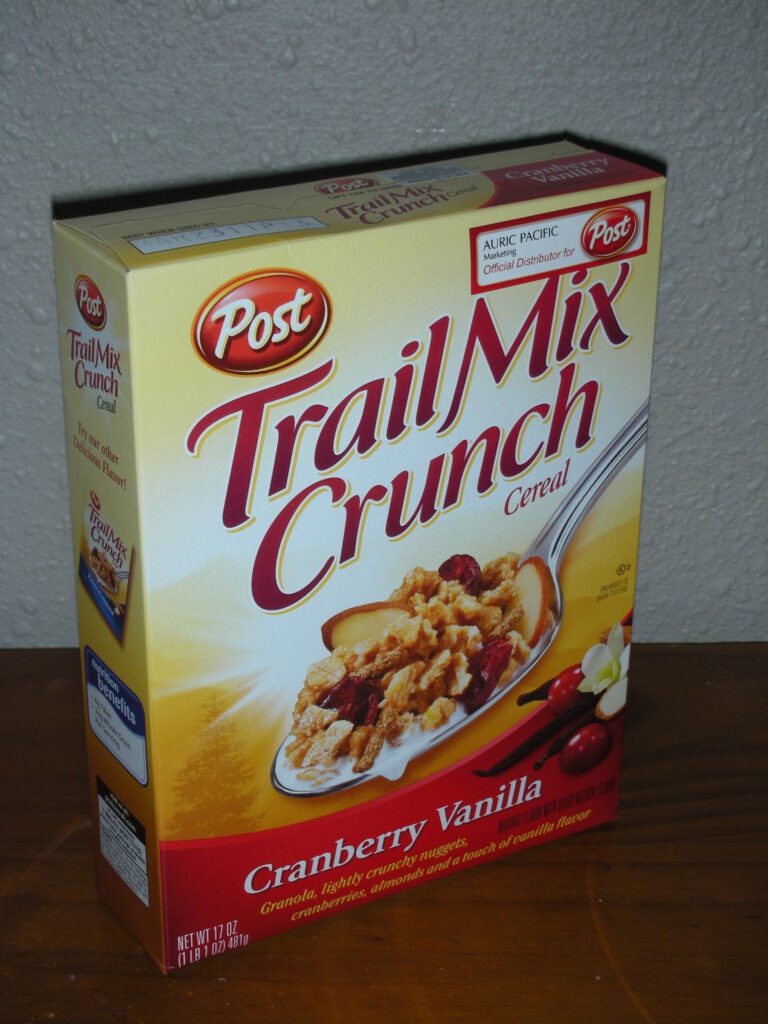
3. **Deceptive Health Claims on Packaging**
One of the most frustrating aspects for parents navigating the breakfast aisle is the significant “disconnect between the health claims being made on the front of cereal packets and what’s actually included in the box.” This issue of deceptive marketing is a major factor contributing to the struggle of many cereals to retain popularity. Consumers, particularly those focused on health and nutrition, are becoming increasingly savvy and are no longer easily swayed by bold claims that don’t align with the nutritional facts panel.
Study co-author Shuoli Zhao, a professor of agricultural economics at the University of Kentucky, perfectly encapsulates this frustration: “What’s most surprising to me is that the healthy claims made on the front of these products and the nutritional facts on the back are actually going in the opposite direction.” This statement from an expert underscores the core problem: brands are projecting an image of health that their ingredients and nutrient profiles simply do not support. For a parent trying to make the best choice for their child, this discrepancy is not only misleading but also deeply unhelpful.
Indeed, as Josephine Connolly-Schoonen, head of the nutrition division at Stony Brook Medicine, sagely noted, “It reinforces my belief that the food marketplace is very confusing, and that’s not by accident. The food industry engineers the confusion.” This sentiment resonates with countless parents who feel overwhelmed by conflicting information and the challenge of deciphering genuine nutritional value from marketing ploys. When a product marketed as ‘healthy’ is revealed to be high in sugar, fat, and sodium, trust erodes, and consumers understandably seek transparency and honesty elsewhere.
Currently, cereal makers in the U.S. don’t have to follow any special regulations beyond basic health and safety requirements for their products. While slapping a ‘healthy’ label on the packet does come with some guidelines attached, the overall lack of stringent oversight allows for a gray area where marketing can often overshadow actual nutritional merit. This regulatory gap, combined with increasing consumer awareness, means that cereals relying on ambiguous health claims are finding it harder than ever to gain or maintain parental confidence, directly impacting their sales and long-term popularity.
Read more about: Your Guide to Safer Supplement Shopping: 10 Essential Steps to Spot Online Scams
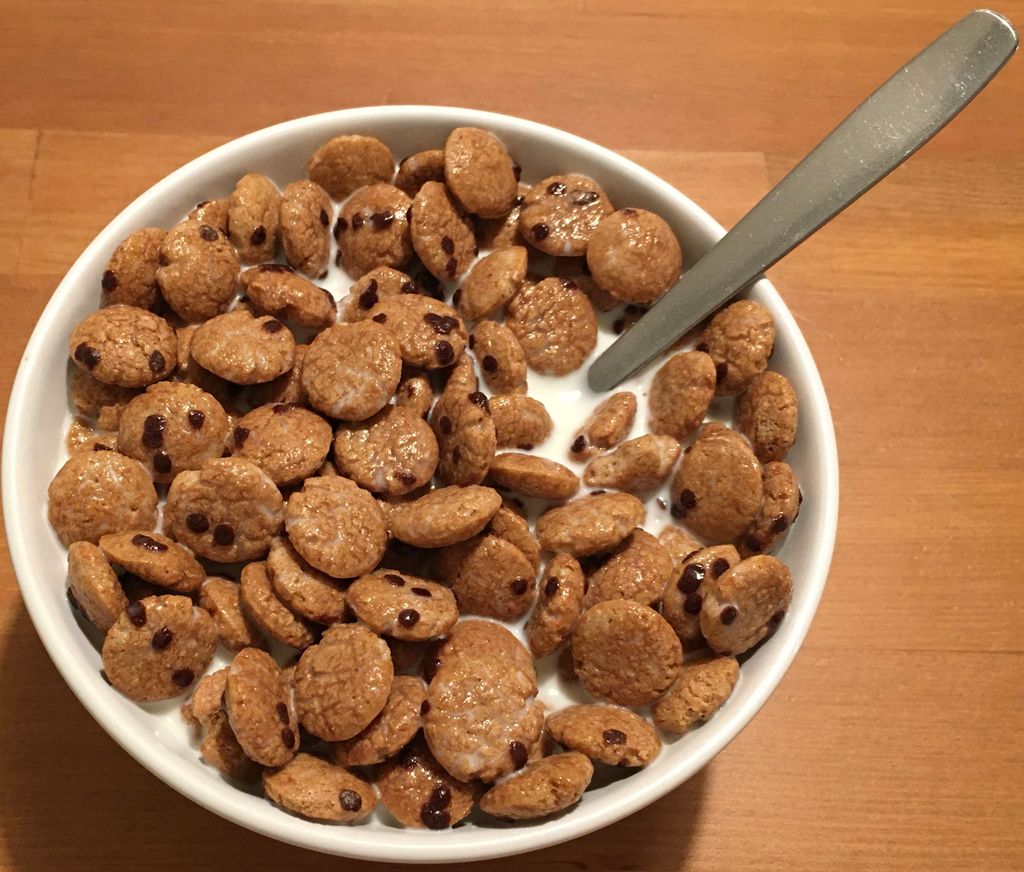
4. **The Rise of Grab-and-Go Alternatives**
In our increasingly fast-paced world, the traditional sit-down breakfast is becoming a rare luxury for many families. This shift in lifestyle has profoundly impacted the demand for classic breakfast cereals, as consumers, especially busy parents, are opting for more convenient, ‘grab-and-go’ alternatives. Cereal, while quick to pour, still requires a bowl, milk, and a moment to sit, which simply doesn’t fit into everyone’s morning routine anymore.
Since the 1990s, options like Nutri-Grain breakfast bars and Clif Bars began to challenge cereal’s dominance, offering a portable solution for those rushing out the door. Today, the competition is even fiercer, with yogurt cups, protein shakes, and even fast food breakfast sandwiches stealing the spotlight. Experts like Kenton Barello, a vice president at market research firm YouGov, highlight that this isn’t just about convenience; it represents a generational shift in how people fuel their mornings, prioritizing ease and efficiency above all else.
The pandemic briefly offered a respite for cereal sales, as more Americans were confined to their homes and had time for sit-down breakfasts. However, this bump was temporary. As the world returned to its pre-pandemic pace, cereal sales dropped significantly, with Nielsen IQ reporting a decline of over 13% from nearly 2.5 billion boxes in 2021 to 2.1 billion in the same period this year. This sharp reversal underscores that convenience is a deeply ingrained part of modern life, and traditional cereal struggles to compete in a market dominated by portability.
Even cereal manufacturers are attempting to adapt to this new reality. The Wall Street Journal notes that Kellogg’s has introduced ‘just-add-water cereal’ popping up at convenience stores, positioning itself as a similarly portable option. While an interesting innovation, it’s a clear indicator that the industry recognizes its traditional format is no longer sufficient to meet the demands of consumers who prioritize speed and minimal fuss. For many parents, a pre-made smoothie or a protein bar offers a superior ‘grab-and-go’ solution compared to even the most convenient bowl of cereal.
Read more about: Beyond the Bargain Bin: 15 Walmart Products Shoppers and Experts Say Aren’t Worth Your Hard-Earned Cash
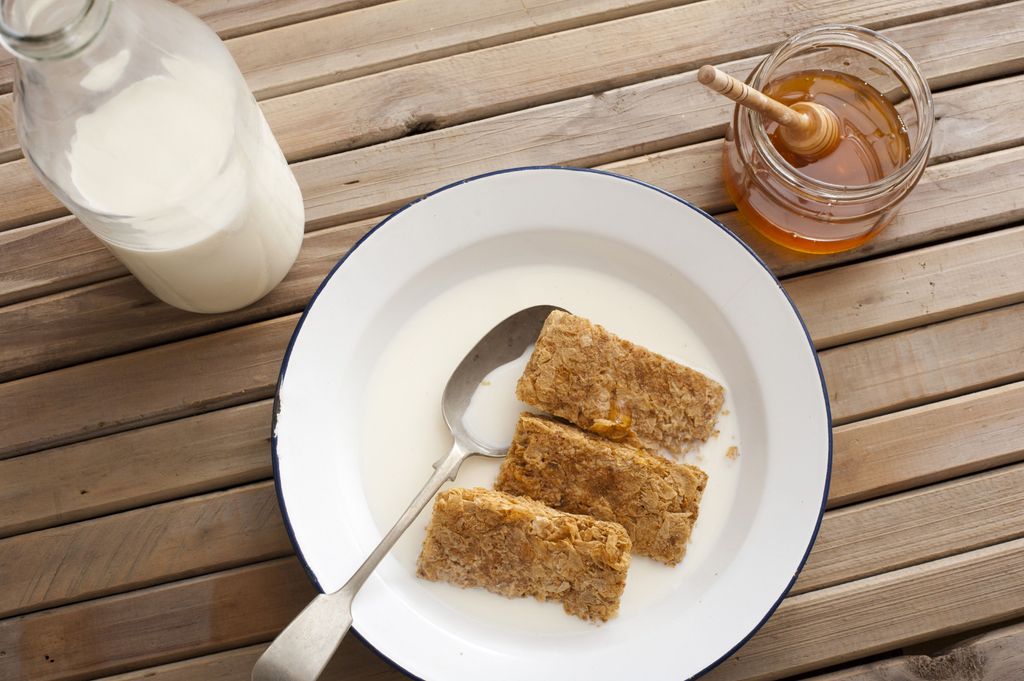
5. **Generational Preference Shift (Especially Gen Z)**
The landscape of breakfast is undergoing a significant transformation, driven largely by the evolving preferences of younger generations, particularly Gen Z. These digital natives, born between 1997 and 2012, are fundamentally rethinking the way previous generations approached their morning meal, posing a formidable challenge to the enduring popularity of breakfast cereals. Their choices reflect a broader shift towards individualism, health consciousness, and often, a rejection of established norms.
According to YouGov’s research, Gen Zers are notably “less likely to eat breakfast at all” compared to their older counterparts. And when they do opt for a morning meal, their choices diverge sharply from the traditional bowl of cereal. Instead, they are “choosing eggs, fruit, toast and pancakes ahead of cereal,” indicating a preference for more substantial, whole-food options. They even consume “more vegetables at breakfast than older generations,” further highlighting their health-focused approach to the day’s first meal.
The statistics vividly illustrate this generational divide: while 36 percent of Gen X (born between 1965 and 1980) still opt for cold cereal, this figure is a striking “10% more than their Gen Z counterparts.” This isn’t merely a small fluctuation; it signifies a substantial and sustained change in dietary habits across demographic lines. As Kenton Barello explains, “With younger generations, there are differences in their relationship with food and these eating moments,” suggesting a deeper cultural shift rather than just a fleeting trend.
This new relationship with food is even amplified through social media. Annika Zude of Iowa, known online as @ThatCrunchyGirlAnnika, epitomizes this trend, posting videos of highly processed foods she’d never eat. Her candid statement, “I would never eat sugary cereals if I wanted my day to go well. You couldn’t pay me to eat them,” underscores the powerful influence of peer opinion and the strong anti-sugar sentiment among this generation. Instead, she prefers to “eat something nutritious like steak, eggs or ground beef for breakfast,” signaling a clear move away from the highly processed, sugary options that once defined the cereal aisle.
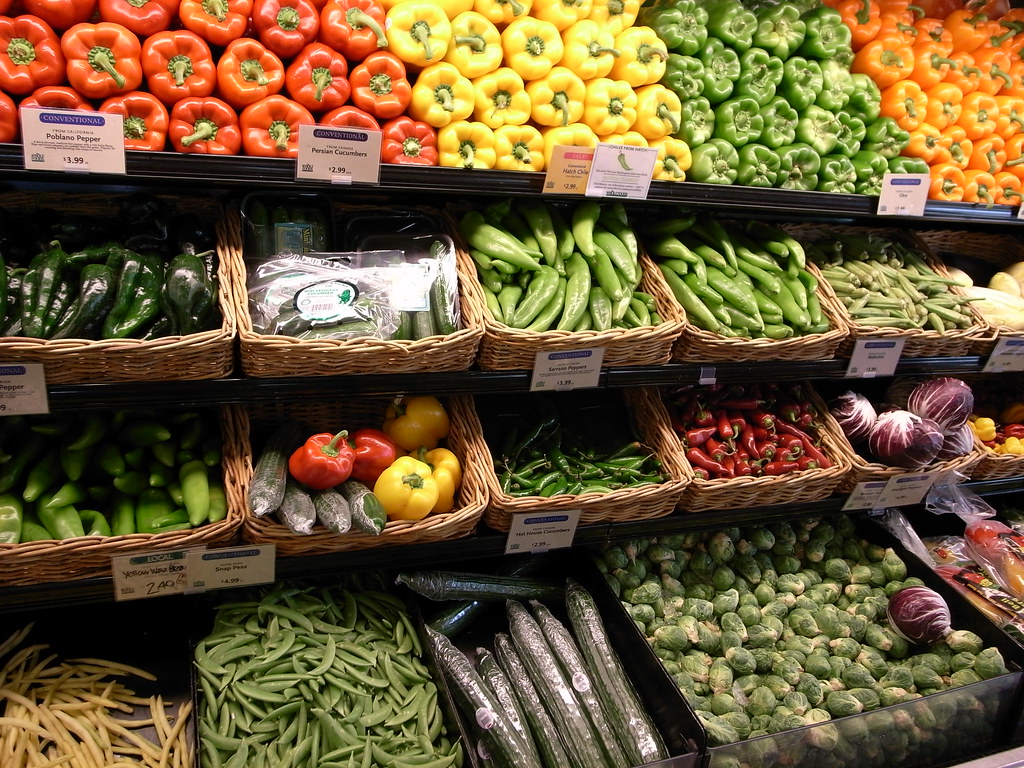
6. **The Growing Focus on Whole Foods**
In an era of heightened health awareness, consumers are increasingly gravitating towards whole, unprocessed foods, leaving many conventional breakfast cereals struggling to keep up. Parents, in particular, are making a conscious effort to move away from items perceived as overly processed or laden with artificial ingredients, in favor of options that are closer to their natural state. This growing demand for “whole foods and fresh ingredients” is a significant force reshaping the breakfast landscape and challenging cereal’s long-held dominance.
Nutrition experts consistently champion the benefits of whole foods, and their advice is clearly influencing parental choices. As registered dietitian Jennifer Hillis emphasizes, “Americans today want to recognize what’s in their breakfast and know that it’s doing something good for their bodies. They don’t want any hidden ingredients.” This desire for transparency and nutritional integrity is driving families towards alternatives like “overnight oats, eggs, fruit and whole-grain bread,” as recommended by experts like Josephine Connolly-Schoonen and Emily Kier.
The context provides several excellent examples of healthier, whole-food-based cereal options that align with this preference. Porridge, made from wholegrain oats, is highlighted for its beta-glucan fiber and lack of added sugar or salt. Similarly, muesli with no added sugar or salt, featuring various wholegrains, dried fruit, and nuts, is presented as a superior choice. Even standard whole wheat cereals and wheat biscuits are recommended when chosen in their original, low-sugar, low-salt forms, often enhanced by adding fresh fruit, nuts, and seeds.
This shift reflects a broader understanding that true nourishment comes from foods that are minimally altered and rich in natural nutrients. Parents are actively seeking out cereals that are high in fiber, contain healthy fats, and offer plant diversity, such as those made with gluten-free oats, almonds, cashews, pumpkin seeds, and chicory root for prebiotic benefits. This strong preference for identifiable, wholesome ingredients over highly refined or sugary options is a powerful testament to the evolving priorities of health-conscious families, pushing traditional, less nutritious cereals further down the shopping list.
Having explored the foundational shifts shaking the breakfast cereal industry, it’s clear that a perfect storm of evolving consumer demands and persistent health concerns is eroding their long-held dominance. But the story doesn’t end there. Beyond the nutritional tweaks and lifestyle changes we’ve already discussed, several other powerful forces are at play, further complicating the picture for these once-unquestioned morning staples. Let’s dive into the next six critical factors that continue to challenge the popularity of breakfast cereals, revealing why many brands are finding it increasingly difficult to stay relevant in today’s dynamic food market.
Read more about: Making Coffee? 10 Dairy Alternatives We’re Definitely Tasting Twice.
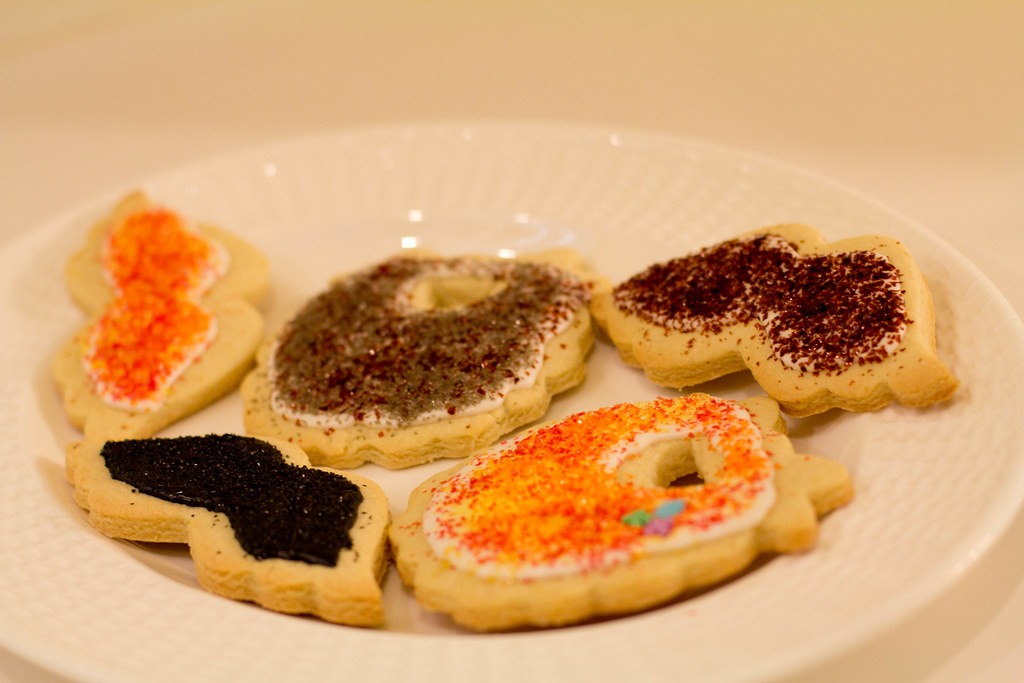
7. **The Scrutiny Over Food Processing and Artificial Ingredients**
Beyond just sugar content, consumers are increasingly wary of what goes into their food, especially when it comes to highly processed items and the inclusion of artificial ingredients. There’s a palpable and growing concern over food processing, with parents and health-conscious individuals demanding cleaner labels and more natural compositions. This heightened scrutiny has cast a long shadow over many breakfast cereals, which historically have relied on various additives to achieve appealing colors, textures, and shelf stability, contributing significantly to their struggle for popularity.
Indeed, the artificial dyes used in numerous cereals have recently come under intense fire, largely fueled by movements advocating for healthier food options, such as the growing Make America Healthy Again (MAHA) movement. This isn’t just a quiet dissatisfaction; it’s manifested in tangible actions. For instance, last year saw demonstrators rallying outside WK Kellogg’s headquarters in Battle Creek, Michigan, specifically demanding the removal of these dyes. This kind of public pressure has spurred significant industry responses, with both Kellogg and General Mills pledging to phase out such artificial colorings from their products.
Kellogg’s, for example, has committed to “reformulating our cereals served in schools to not include FD&C [food, drug and cosmetic] colors by the 2026-27 school year.” Furthermore, the company stated it “will remove FD&C colors from the small percentage of our foods in retail that contain them today, by the end of 2027,” emphasizing their dedication to working with health authorities to identify effective solutions. This move, while commendable, highlights just how deeply these ingredients had been embedded in popular cereals and the scale of the changes required to meet consumer expectations for more wholesome options.
Jennifer Hillis, a registered dietitian, articulates this sentiment perfectly: “Americans today want to recognize what’s in their breakfast and know that it’s doing something good for their bodies. They don’t want any hidden ingredients.” This desire for transparency, coupled with the clear evidence that certain artificial components are viewed negatively, places a significant burden on cereal manufacturers. Brands that have relied heavily on these ingredients are now scrambling to adapt, facing an uphill battle to regain the trust of consumers, particularly parents who are prioritizing the health and well-being of their children above all else.
Read more about: RFK Jr.’s War on Ultra-Processed Foods: A Deep Dive into What It Means for Your Diet and America’s Health
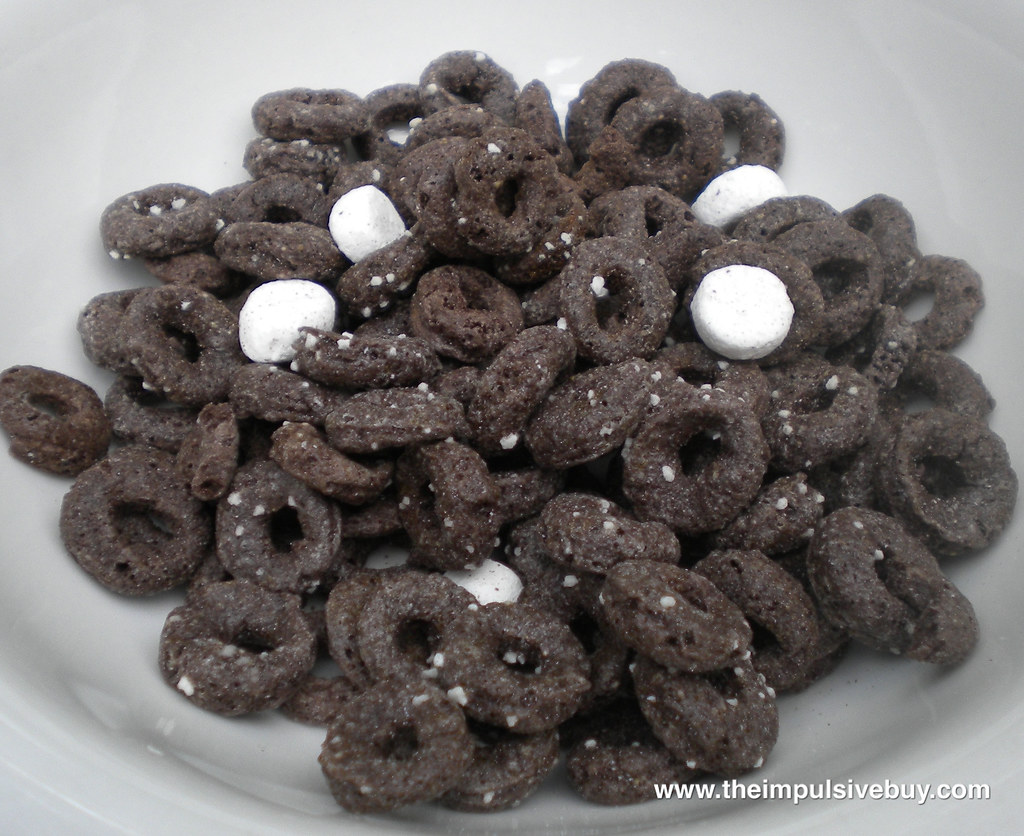
8. **Stagnant Innovation and Flavor Fatigue**
While other food sectors have flourished with dynamic innovation, introducing exciting new products and flavors, the breakfast cereal industry has largely been perceived as stagnant. This lack of fresh ideas has left consumers, particularly younger generations, feeling bored with the same old flavors and ingredients that have dominated the market for decades. The expectation for novel and engaging breakfast options is growing, and traditional cereals are often failing to meet these evolving desires, leading to a significant dip in their appeal and a struggle to capture new audiences.
Consumers today are actively craving new and exciting breakfast experiences, seeking unique taste experiences that transcend the conventional. This is evidenced by the rising demand for globally inspired breakfast options, which offer a departure from the predictable. When surveyed, many express a desire for more diverse and innovative flavor profiles, a niche that traditional cereals, often sticking to familiar sweet or plain varieties, have not adequately filled. This flavor fatigue means that even well-established brands, despite their legacy, are losing mindshare to more adventurous and contemporary alternatives.
Furthermore, the era of a single brand universally serving all consumers might be drawing to a close, as noted by Tom Rees, a global insight manager for staple foods at Euromonitor. He suggests, “The future might be realizing that the era of ‘This brand will serve everybody’ isn’t going to happen.” This fragmented future requires cereal companies to accept that different buyers will have distinct preferences, whether for a ‘sweet-and-spicy cereal’ or a ‘keto-friendly option.’ The inability to cater to this diverse range of specific, often niche, demands means that a broad-appeal strategy is no longer effective, leaving many brands struggling to find their footing.
Even attempts at innovation, such as Kellogg’s Mashups line, which blends Frosted Flakes and Froot Loops into a single box, primarily appeal to younger consumers who enjoy interesting flavor combinations. While this signifies a recognition of the need for novelty, it often represents innovation *within* the existing framework rather than truly disruptive change. This incremental approach may not be enough to overcome the pervasive sense of flavor fatigue or to fundamentally shift the perception of the cereal aisle as a place of stagnant offerings, thereby continuing to impact overall popularity and sales.

9. **The Plant-Based Movement and Dairy Alternatives**
One of the most significant dietary shifts of recent years is the explosion in popularity of plant-based diets, and this movement is profoundly impacting cereal sales. A growing number of consumers are actively seeking vegan or dairy-free options for their meals, a preference that many traditional breakfast cereals, often designed to be consumed with cow’s milk, have struggled to accommodate. This misalignment with evolving dietary preferences means that a substantial segment of the market is now looking elsewhere for breakfast solutions, contributing to cereal’s declining grip on popularity.
This trend is particularly pronounced among younger generations, with research indicating that Gen Z, for example, simply “doesn’t consume milk the way previous generations have.” Instead, plant-based milk alternatives made from oats, almonds, soy, and other ingredients have become “all the rage.” While this shift provides new opportunities for the dairy alternative market, it presents a unique challenge for the traditional cereal industry, which has long relied on the quintessential pairing of cereal and dairy milk as a core part of its appeal.
However, the transition to plant-based milks isn’t always seamless for cereal lovers. As one theory suggests, these alternatives often “taste different from traditional cow’s milk,” which can significantly alter the overall flavor profile of a favorite cereal, sometimes “not always for the better.” Moreover, plant-based milks can be considerably “expensive,” making consumers reluctant to “waste them on cereal if most of the milk is going to be left in the bowl.” These practical considerations further erode the convenience and cost-effectiveness that once made cereal an undisputed breakfast champion.
In response, the dairy industry itself has launched an “all-out crusade to make milk cool again,” indicating the scale of the challenge posed by plant-based alternatives across the entire breakfast landscape. For cereal manufacturers, this means not only contending with consumer desire for plant-based ingredients in their products but also rethinking the very experience of eating cereal in a world where traditional dairy is no longer the default. The inability to fully integrate with the plant-based boom or provide compelling dairy-free pairings means many cereals are missing out on a rapidly expanding and influential consumer base.
Read more about: Honestly, What Happened? 15 Once-Beloved American Foods That Vanished from Our Tables
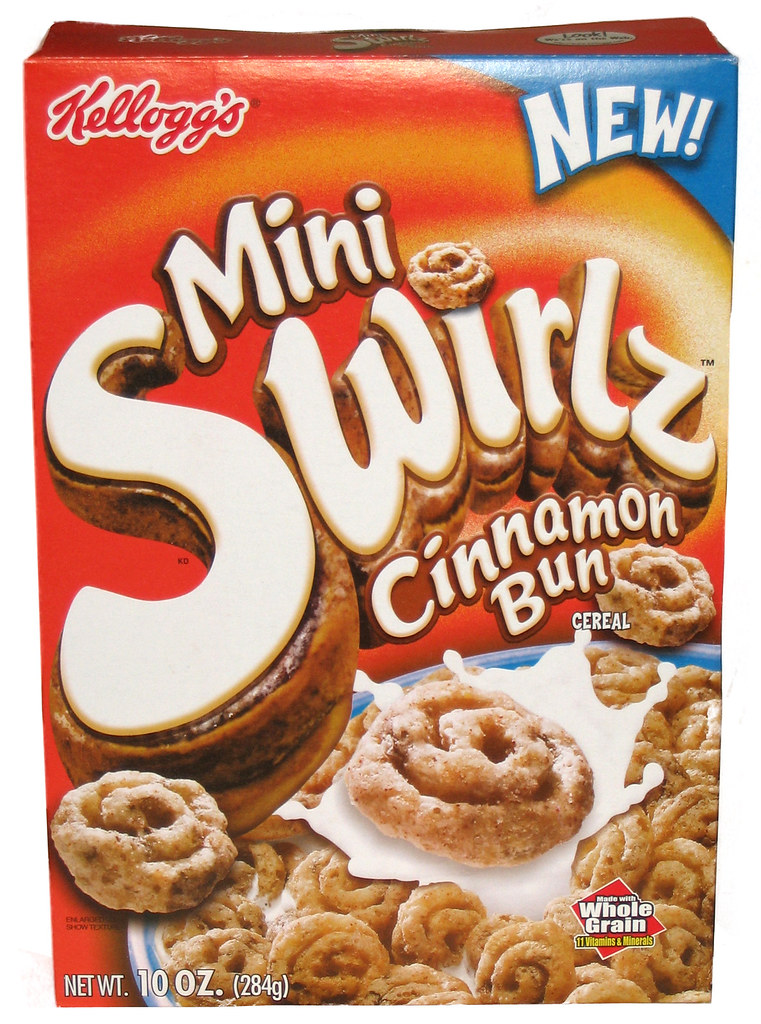
10. **Market Saturation and Overwhelm**
The breakfast cereal market, for all its long history, faces a significant challenge in its sheer density: it is saturated with countless brands and varieties. This oversupply creates an environment where it becomes incredibly difficult for any single product to stand out, leading to consumer overwhelm and decision fatigue. When faced with an overwhelming array of choices that often appear quite similar, consumers are increasingly disengaging from the category or opting for alternatives that offer clearer differentiation and perceived value, pushing many established cereals further down the popularity ladder.
This intense competition and market overload have directly contributed to declining sales, as consumers, rather than navigating the confusing aisles, simply seek more unique and healthier options outside the traditional cereal category. It’s a clear case of “too much of the same old thing,” where incremental variations on familiar themes are no longer sufficient to capture attention. Brands that fail to offer genuinely distinct value propositions or clearly superior nutritional profiles are struggling to maintain their footing against a backdrop of endless options.
Adding to this pressure, the market has seen a trend where families, when they do opt for cereal, are becoming “more open to the generic or private-label brands than they have been in previous years.” This willingness to choose store-brand equivalents directly “yanks market share away from the big brands like General Mills and Post.” This shift underscores a pragmatic consumer approach driven by value and an implicit message that many branded cereals are no longer perceived as offering a superior experience or nutritional benefit worthy of a higher price point.
Ultimately, market saturation forces brands to innovate not just in product but in perception. If a cereal cannot carve out a distinct identity, whether through exceptional health benefits, truly unique flavors, or a compelling brand story that resonates with modern values, it risks being lost in the noise. The sheer volume of choices, paradoxically, makes it harder for consumers to choose *any* cereal, accelerating the move towards other breakfast solutions that simplify decision-making and offer more immediate, discernible benefits.
Read more about: Unlock Top Value: Simple Secrets to Getting the Best Price on a Car Vinyl Wrap and Mastering DIY Installation
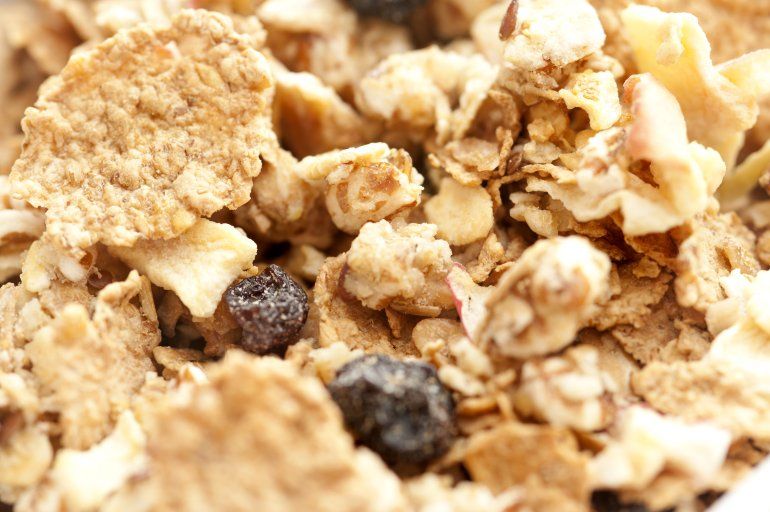
11. **Rising Costs and Value Perception**
The economic realities of food production have also played a significant role in the waning popularity of breakfast cereals. Rising prices of grains and other essential ingredients have inevitably driven up the cost of cereals, making them a less attractive option for budget-conscious families. In an era where every penny counts, consumers are becoming increasingly price-sensitive, and this directly impacts their purchasing decisions, leading many to decline cereal sales in favor of more affordable and nutritious alternatives.
This crunching of numbers at the grocery store check-out often reveals that many traditional cereals, particularly the big-name brands, no longer offer the best value for money. When faced with higher prices for products that are simultaneously perceived as less nutritious or laden with sugar, the value proposition significantly diminishes. Families are actively seeking options that provide genuine nourishment without breaking the bank, and this often leads them away from the cereal aisle altogether.
The context explicitly notes that “families are opting for more on-the-go breakfast foods such as granola bars, protein shakes, or even fast food breakfast sandwiches” – alternatives that, while sometimes costly themselves, often offer a clearer sense of satiety or perceived nutritional benefit for the price. This competitive landscape means that cereal prices are not just competing against other cereals but against an entire ecosystem of breakfast options, where value extends beyond mere cost per serving to include health, convenience, and perceived benefits.
Moreover, as highlighted previously, consumers’ growing openness to “generic or private-label brands” for cereal further exacerbates the problem for established, higher-priced brands. If a store-brand option offers a similar experience for less, the incentive to pay more for a name brand diminishes. This dual pressure—from rising production costs on one side and increasing consumer price sensitivity and generic brand acceptance on the other—presents a formidable challenge for cereal manufacturers attempting to retain their market share and popular appeal.
Read more about: Mechanics Heads Up: 14 Critical Car Repairs You Should Seriously Think Twice About Attempting Yourself
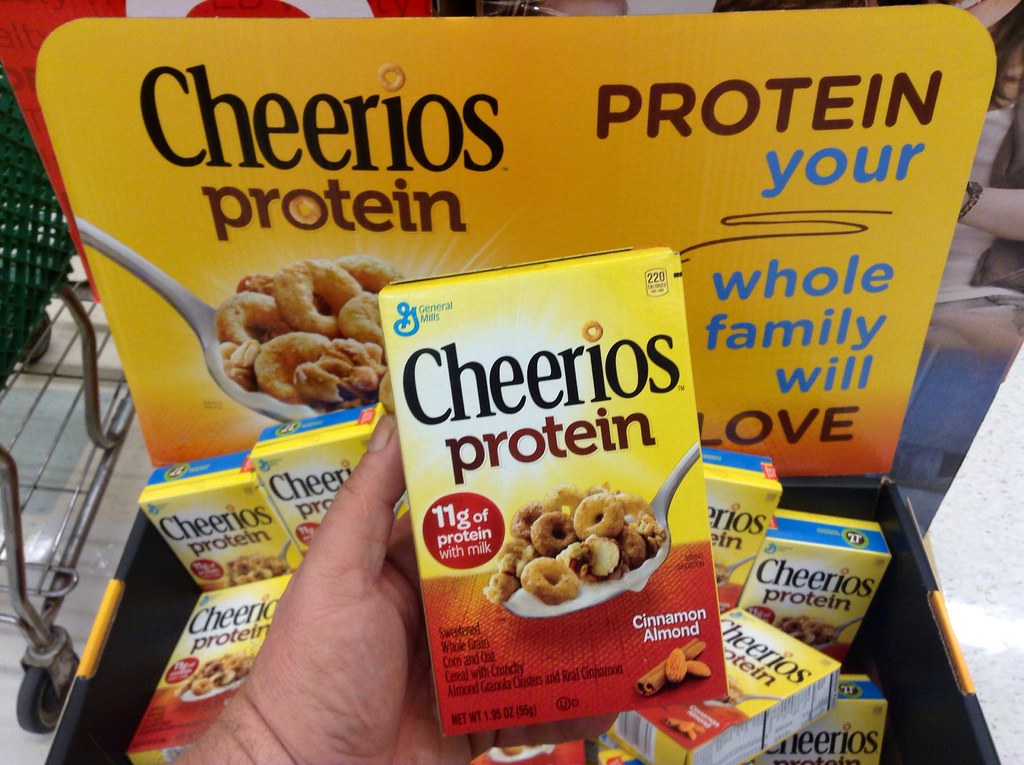
12. **Cereal’s Evolving Role Beyond Breakfast**
The concept of breakfast itself is undergoing a transformation, and with it, the traditional role of cereal is being redefined. For generations, cereal was synonymous with the morning meal, but for many, particularly younger demographics, that strong association is weakening. While some still purchase boxed cereal, data suggests that “Gen Zers still buy some boxed cereal, data suggests they eat it as a snack or for other meals.” This crucial shift indicates that cereal is no longer solely a breakfast food, leading to a fragmentation of its primary consumption occasion.
This evolving usage means that cereal’s market position as the default morning choice is being challenged. If it’s being consumed as a snack, it’s now competing with an entirely different set of products—chips, cookies, fruit, and other grab-and-go items—rather than solely other breakfast foods. This expanded competitive landscape dilutes its historical dominance and forces brands to consider entirely new marketing and product development strategies to appeal to these diverse consumption moments.
Tom Rees from Euromonitor further elaborates on this fragmentation, suggesting that “the market may also have a fragmented future.” He advises that companies “may have to accept that younger buyers want a sweet-and-spicy cereal, while older buyers might want a keto-friendly option.” This points to a future where cereals are no longer a one-size-fits-all solution but are tailored for specific dietary needs, flavor preferences, or even different eating occasions throughout the day, blurring the lines of what a “breakfast cereal” truly is.
This adaptability could be seen as an opportunity, but it also signals the end of an era where a single bowl of cereal reigned supreme at breakfast. For brands to survive and thrive, they must understand and cater to these new roles—whether as a quick energy boost, a dessert-like indulgence, or a niche dietary item. However, in doing so, they may inadvertently concede their historic position as the undisputed king of the breakfast table, contributing to the narrative of their struggle to retain traditional popularity in the face of modern eating habits.
**The Morning Meal Revolution: What’s Next for Cereal?**
The journey through these critical factors reveals a breakfast revolution well underway, leaving many traditional cereals seriously struggling to keep pace. From rising sugar levels and deceptive marketing to the demands of busy lifestyles and the nuanced preferences of younger generations, the once-unquestioned pantry staple is facing unprecedented challenges. The collective outcry of parents saying “too much sugar” echoes a broader consumer demand for transparency, health, and value.
Yet, this isn’t necessarily the death knell for the cereal industry, but rather a powerful call to action. The insights uncovered here—from the need for genuine innovation beyond just new flavor combinations, to adapting to plant-based preferences and acknowledging cereal’s evolving role as a snack—offer a roadmap for reinvention. The future of breakfast might be fragmented, diverse, and fiercely competitive, but for those brands willing to truly listen to consumers and prioritize genuine health and nutritional integrity, there remains a path forward. The question is, are they ready to ditch the sugar rush and embrace a truly nourishing future?


:max_bytes(150000):strip_icc()/16160-juicy-grilled-chicken-breasts-ddmfs-5594-hero-3x4-902673c819994c0191442304b40104af.jpg)
